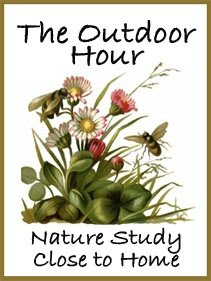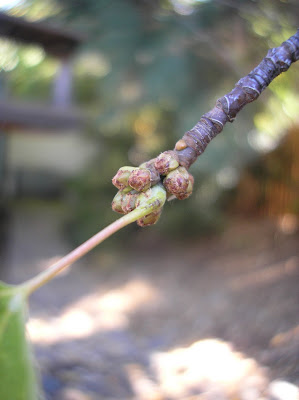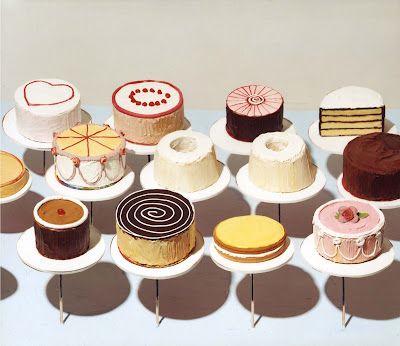
“The Norway spruce is a native of Europe, and we find it in America one of the most satisfactory of all spruces for ornamental planting……We have spruces of our own-the black, the white, and the red spruces….The Douglas spruce, which is a fir and not a spruce, is also commonly planted as an ornamental tree, but it is only at its best on the Pacific Coast, where it is one of the most magnificent of trees.”
Handbook of Nature Study, page 675
As we wind down our focus on trees in the Outdoor Hour Challenges, I decided to skip dogwoods and willows since those trees seem like they would be better studied in the spring or summer. I will add them to the list of things to do this spring and we will revisit trees for a few weeks at that time.
This week we will read about and try to observe a spruce tree. This is not a tree our family has in our local area but we did observe lots of spruce trees while we were on our trip to Oregon. I thought they were beautiful trees and the cones were very interesting. So this week, try to find out if you have a spruce in your area and then search it out. If you do not have a spruce to observe, you can still read the section in the book and then spend your outdoor time observing a different tree, maybe one with cones. The Handbook of Nature Study explains that the spruce tree is widely grown as an ornamental tree so you may be surprised to find one in your town.
I found this website useful:
Range Maps of Spruce
 Outdoor Hour #37
Outdoor Hour #37
Focus on Trees-Spruce1. Read pages 675-678 in the
Handbook of Nature Study to learn about the Norway spruce and spruces in general. Since this is not the most widely known variety of tree, you may need to look it up on the internet or in a field guide to learn if you have this particular tree in your area.
2. Spend 15 to 20 minutes outdoors this week with your children in your own yard or on your own street. This week you will have two suggested activities.

*If you have spruce tree of any variety in your yard or on your street, use the ideas from the lesson on page 677 to guide your observation of the spruce tree. The
Handbook of Nature Study explains that this is the perfect time of year to study the cones of the spruce tree so pay special attention to finding a cone to observe up close. One suggested activity is to hang a closed cone in a dry place and see what happens.
*If you do not have an spruce tree to observe or you have an additional time period for nature study, choose another variety of tree to observe. If you do not have access to an spruce tree, you can use your nature study time this week to study any tree with cones if possible.
3. After your outdoor time, spend a few minutes talking with your child about any trees you observed. Complete any of the suggested activities from the
Handbook of Nature Study if you observed a spruce tree. Ask if your child has any questions that they would like to research over the next week. Make note of anything they are interested in learning more about and then look it up in the index of the
Handbook of Nature Study. Read more about it if it is covered in the book or check your local library if you need additional information.
4. Make sure to give time and the opportunity for a nature journal entry. You could use the suggested activities and sketch and describe a cone scale, paying attention to the shape of the tip. If you would like to complete a notebook page, see the link below to choose one for your child’s journal. A nature journal entry can be as simple as a sketch, a label, and a date. Press any leaves you collected this week and add them to your nature journal later on.
5. If you identified a tree this week, add it to your list of trees in the front or back of your nature journal. You can also use the Running List notebook page from the link below. Make a note indicating whether it is an evergreen or a deciduous tree.
6. Post an entry on your blog sharing your experiences and then come back to the Outdoor Hour Challenge post and add your blog link to Mr. Linky. All the challenges are listed on the sidebar of the Handbook of Nature Study blog.
If you would like to print this challenge, here is a link to it in pdf format.
Outdoor Hour Challenge #37 Focus on Trees-Spruce(all the tree challenges in one document)
Barb-Harmony Art Mom

















































